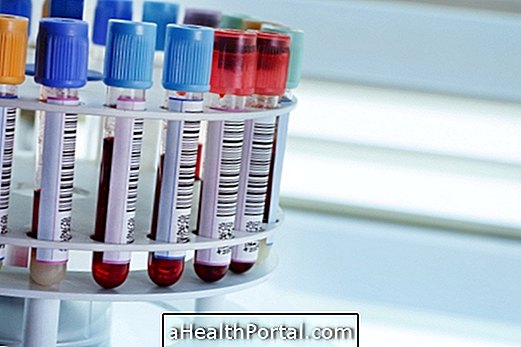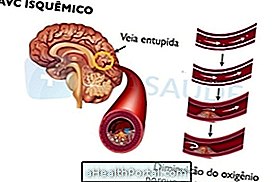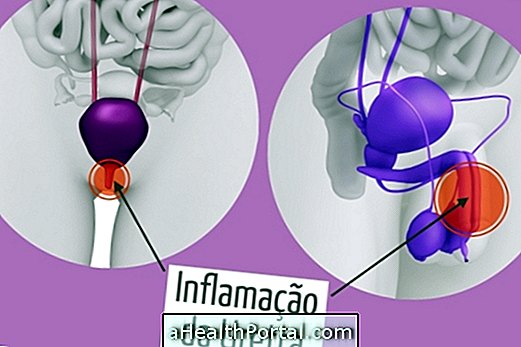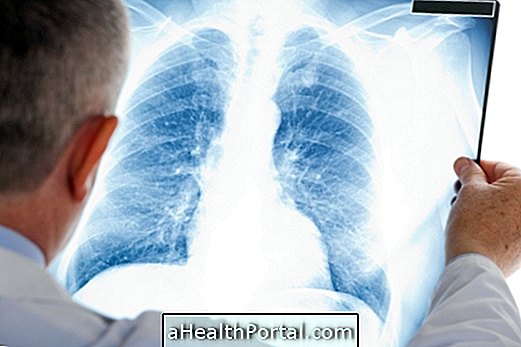Deep vein thrombosis occurs when a clot grabs a vein in the leg, causing symptoms such as swelling of the leg and severe pain in the affected region.
However, other classic signs and symptoms of deep venous thrombosis are:
- Pain that starts suddenly and gradually worsens;
- Swelling of only one leg, sometimes more than 3 cm;
- Redness of affected leg;
- Dilated veins in the leg;
- Local temperature increase;
- Pain to touch;
- Tightening of the skin.
There are still cases in which the clot is very small and does not cause any type of symptom, disappearing alone over time and without needing treatment. However, whenever venous thrombosis is suspected, one should go to the hospital to identify the problem and initiate appropriate treatment, as some clots can also move and affect important sites, such as the heart or brain, for example.

How to confirm the diagnosis
The diagnosis of thrombosis is made in the hospital from the evaluation of symptoms and complementary tests such as ultrasound, angiography or computed tomography, which help to locate where the clot is.
In addition, the doctor also usually asks for a blood test to evaluate the risk of a new thrombosis occurring.
Who is at greatest risk for deep thrombosis
There is a greater chance of deep vein thrombosis if:
- Have already had a previous thrombosis;
- Age equal or superior to 65 years;
- During pregnancy and soon after delivery;
- Cancer;
- Situations where the blood becomes more viscous, as in case of Waldenstrom macroglobulinaemia; multiple myeloma;
- Behçet's disease,
- Acute myocardial infarction, stroke, congestive heart failure, lung disease,
- Diabetes, limb paralysis;
- Severe accident with large muscle injuries and bone fracture;
- Up to 1 month after a surgery that lasted more than 1 hour, especially if it was knee or hip arthroplasty surgery;
- In case of immobilization for more than 3 days;
- In women who have hormone replacement with estrogen.
In addition, people who have had a deep vein thrombosis are at a higher risk of developing a new disease, so they should follow all the doctor's guidelines as a form of prevention.























